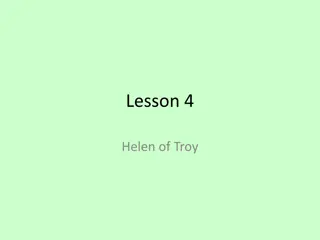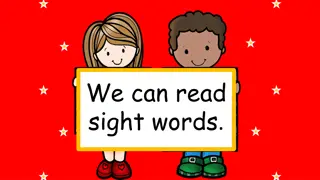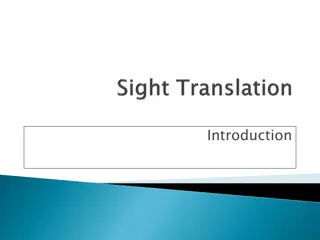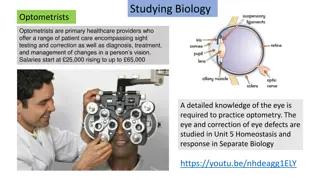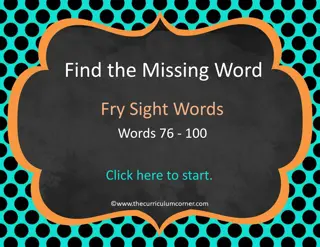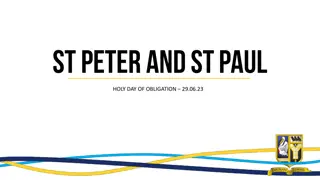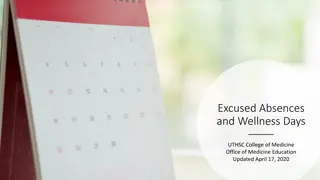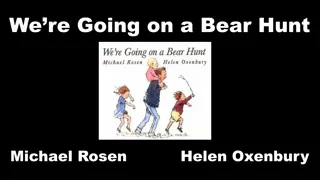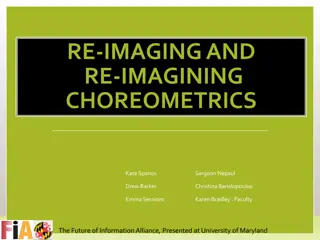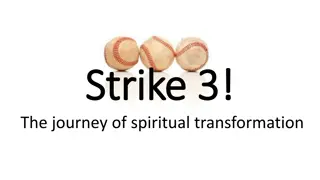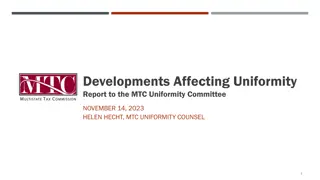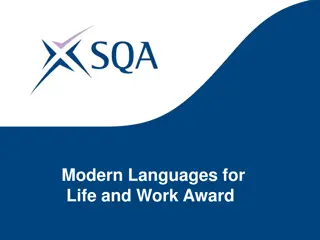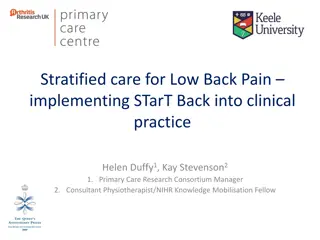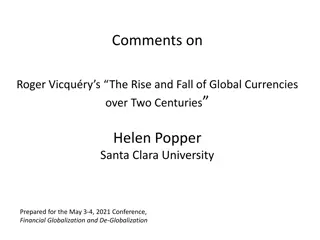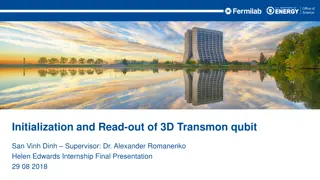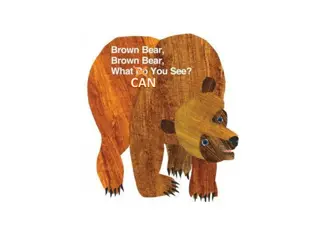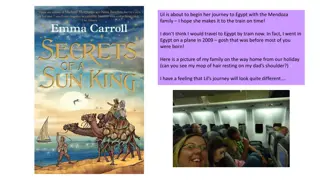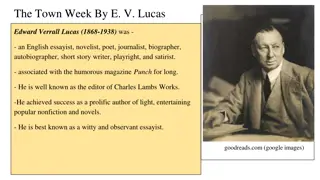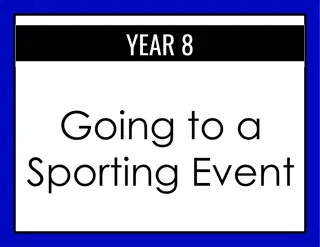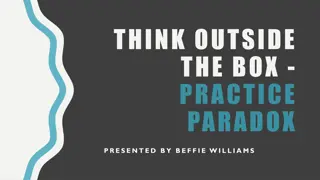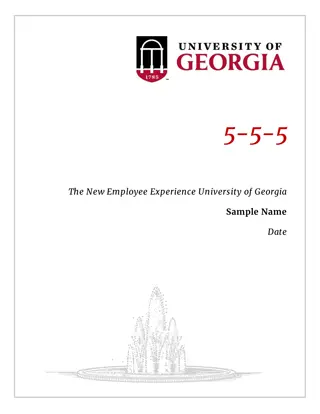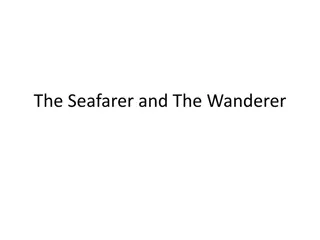Three Days to See: Helen Keller's Imagined Journey of Sight
Helen Keller explores the depths of experiencing sight for three days in her essay "Three Days to See." She envisions reconnecting with loved ones, immersing herself in art and history at museums, and embracing the vibrancy of New York City life. Through this imagined journey, Keller emphasizes the profound value of sight and urges appreciation for simple pleasures often taken for granted.
Download Presentation

Please find below an Image/Link to download the presentation.
The content on the website is provided AS IS for your information and personal use only. It may not be sold, licensed, or shared on other websites without obtaining consent from the author. Download presentation by click this link. If you encounter any issues during the download, it is possible that the publisher has removed the file from their server.
E N D
Presentation Transcript
UNIT 4 THREE DAYS TO SEE BY HELEN KELLER INTRODUCTION: IN HELEN KELLER'S ESSAY "THREE DAYS TO SEE," SHE IMAGINES WHAT SHE WOULD DO IF SHE HAD THE ABILITY OF SIGHT FOR THREE DAYS. ON HER FIRST DAY, HELEN WANTS TO ENJOY SIMPLE PLEASURES. SHE WANTS TO LOOK THE IMPORTANT PEOPLE IN HER LIFE IN THE EYES.
Helen would spend her second day at museums. Interfered by visions, she wouldn't be able to sleep the second night. On the third day, she would take what she's learned from the first two days and become part of life in New York City. It is interesting that,whilst discussing the restoration of her sight in Three Days to See, Helen Keller does not wish to have her sight restored permanently but just long enough to allow her to marvel in the things others take for granted. Helen's first wish on the first day would be to see those people who have contributed so enormously to her life. Despite her hardship she is ever grateful for those who made everything possible. Anne Sullivan showed such "compassion for all humanity" and Helen wants to "see" it in her eyes.
To see through that "window of the soul", Helen feels would give her "that deeper understanding" of her friends that she feels has been denied to her. Her friends' husbands often do not know "the color of their wives' eyes," and "few see everything" as each person's perception is clouded as he or she fails to appreciate the surroundings. All Helen's desires for the first day are simple pleasures; being able to see her dogs, see all the things that make "a house into home." "Intoxicate,"" absorb,"" vast,"" splendour,"" serene" and "colorful" are all words she uses to describe her would-be first "seeing" day. The wonder of "artificial" light is no less appreciated.
Museums would fill Helen's second day. as she takes a "hasty glimpse" into "the kaleidoscope of the ages." Art and the history of Art - "I can only guess at the beauty which remains hidden from me" - are crucial to her new and fleeting experience. Helen is saddened that the world of Art, which she finds so fascinating "is a dark night, unexplored and unilluminated" to sighted people. Helen would not sleep on the second night as visions would interfere. On the third day, Helen would visit New York City to enable her to become part of everyday life. Surely then, having looked upon her friends, understood history and experienced everyday life, despite all that she has left to see she will have no regrets. All that remains is for those who have the "gift" of sight to put it to good use.


